We were recently reminded of the horrors of war by the anniversary of the 200,000 lives lost in August, 78 years ago, following the bombing of the Japanese cities of Hiroshima and Nagasaki. The fear of nuclear fission has remained, reinforced in Australia by a long-standing ban on its use for power generation.
As we agitate about climate change and fossil fuel use, nuclear energy is back on the agenda, with the Coalition dumping ideology and belatedly giving support. This is one step forward, but many misplaced concerns about safety need to be overcome. With a step backward, Labor has abandoned the long-planned nuclear waste storage site at Kimba in South Australia, meaning radio-active waste will continue to be inadequately stored on-site at 100 different locations.
Australia remains the only G20 country that does not have, or plan to build, nuclear power. Worldwide 32 countries make use of nuclear energy, and that figure is increasing. Whilst our neighbours build nuclear power plants and adopt the small modular reactor (SMR) concept, Australian politicians remain unwilling to accept the obvious – if we want to achieve Net Zero CO2, we need nuclear. This requires the lifting of the 1999 moratorium, without it, renewable energy will not meet increasing demand, and power cuts will ensue.
Meanwhile, we continue to have an unmentioned small reactor, at Lucas Heights, producing radio-isotopes for medical purposes.
Historically, plans had been developed for nuclear plant sites in South Australia, Western Australia, New South Wales, and Victoria, all scuppered by previous Labor governments, at state or federal level. Similar misplaced concerns have blocked long-term plans for nuclear waste storage in South Australia. The original plan, approved by a Royal Commission in 2016, has been the subject of ongoing legal objections. The recent high court non-approval decision stated that, despite community backing and the proposed site not being covered by Native Title, local Indigenous support had not been obtained. The application was refused because of ‘apprehended bias’, whatever that is. It appears that ideology has won the day and the South Australian Labor government will not challenge that judicial activism, nor consider other sites in the state.
Community concerns about health and environmental risk remain, but are easing with increased information about nuclear submarines, powered by SMR. A 2019 survey showed 44 per cent in favour and 40 per cent against; a further IPA poll in 2022, showed the figures had moved to 53 per cent in favour 23 per cent against; support has also grown from both Labor and Green supporters.
The number of countries adopting nuclear power continues to expand after the pause with Fukushima; Germany, going against the trend, closed its last plant in April and, after the energy supply crisis with the Russian invasion, now has increased CO2 output from oil and gas from alternative suppliers. Its electricity has also become more expensive. In Europe, 15 new reactors are being built. In Asia there are 35 under construction, with plans worldwide for 220 more. France is the leader with nuclear power producing 70 per cent of its energy requirement. With already around 670 plants, producing 10 per cent of the world’s electricity, Australia pursues the misguided ideological argument that it is dangerous and produces more expensive electricity.
That nuclear bombs kill people is undoubted, this is their purpose. In the Cold War, the communist-supported ‘ban the bomb’ movement failed to prevent unilateral disarmament, and the nuclear stand-off prevented a third world war. Worldwide, a total of 2,100 tests, 500 atmospheric, were carried out before they were finally banned by international treaty in 1998. Australia was used for British atmospheric nuclear tests in the 1950s on the Montebello Islands, off Western Australia, and 7 tests at Emu Field and Maralinga in South Australia. The site was cleared of radioactivity in 1967, but residual contamination necessitated a further cleanup between 1993 and 1996. Exposure to these atmospheric tests has had health consequences, with compensation paid for early leukaemia and later solid tumour increases.
The nuclear power station melt-downs, due to incompetence in 1986 at Chernobyl, and a Tsunami in Fukushima in 2011, caused little loss of life and no long-term environmental damage. Until the Russian invasion, the Chernobyl exclusion zone had become a tourist attraction and a wildlife refuge, with bears, wolves, and deer reappearing. The Fukushima plant released about a tenth of the radioactivity of Chernobyl and is now under supervised release of low-level contaminated water into the sea. Chernobyl reactors were enveloped in a concrete shell, and a similar construction will be necessary at Fukushima to contain residual nuclear fuel. With the war in Ukraine, the current concern is that Russia might trigger a nuclear event at the Zaporizhzhia plant, in that part of the country they currently control.
Following Chernobyl there were an estimated 50 site-related radiation-related deaths and several hundred cases of (preventable) thyroid cancer in children. Following Fukushima, with 20,000 flood-related deaths, there were no radiation-related deaths. Thyroid cancer in children also increased unnecessarily. There was no evidence of the other early concern, radiation-induced leukaemia. The thyroid problem, caused by Iodine 131, could have been prevented by giving children Iodine. Unlike previous atmospheric testing, it appears that, even with melt-down, the health and environmental implications have been grossly exaggerated. The cost involved and building time have also been inflated for political purposes. The reality is that radiation is all around us: 85 per cent from natural sources, 14 per cent from X Rays, and 1 per cent from nuclear activity (falling steadily since the end of atmospheric testing). Exposure is higher in coal miners and for jet pilots than it is for nuclear power station workers. There is even some suggestion that small doses of radiation may improve health!
The reactors themselves are a safe working environment. They use low-enriched uranium, which cannot be used for bomb-making, but does produce nuclear waste which eventually needs to be stored. We have a stable environment and plans have already been made and sites selected. Unlike SMRs, standard nuclear reactors require large amounts of water for cooling and release hot, uncontaminated water into oceans, lakes, or rivers, with only minor environmental implications. SMRs of varying size, can be prebuilt, require minimal maintenance, and can be cooled without needing water. This means they can be located wherever needed without the need for lengthy transmission lines. They can also be installed at the site of pre-existing coal-fired power stations where transmission lines are already in place.
We have had an unmentioned nuclear reactor for years, and are now adopting nuclear submarines with their own SMRs. Senate inquiries into nuclear power have been affirmative. The latest concluding on August 11, has, unfortunately, perpetuated ideology rather than reality. The Labor conclusion was that nuclear power is ‘unproven’, dangerous, and expensive. Its lack of understanding has also been revealed by comments that lack of inland water would make it nonviable and that location on the coast ‘near densely populated areas’ would create environmental and security risks.
Current alternative energy sources, such as renewables, batteries, or hydrogen, are inadequate, or still in development while small modular reactors, with high safety records, are now coming off the production line. One is already producing power in Russia, 4 are currently under construction in China, Russia, and Argentina, the US and UK have designs licenced, and US production has now started. There are plans for installation in several currently non-nuclear countries, including US, UK, Canada, South Korea, Denmark, South Africa, India, and Egypt. Despite these developments, the Labor Senate Committee commented that SMRs are unproven technology, and are, in any case, unnecessary because of renewables expansion. This demonstrates wilful ignorance.
Apart from the proposed nuclear submarines, the Australian debate has not progressed in over 20 years, it is time to reverse the ban on nuclear power plants, along with restrictions on mining and waste storage. The arguments over cost, reliability, safety, and security need to be debated. While we are spending $100 million on a referendum for The Voice, it would cost nothing to add another question – on reversing the ban on nuclear power.
Dr Graham Pinn, Former radiation safety officer, RAF
Got something to add? Join the discussion and comment below.
Get 10 issues for just $10
Subscribe to The Spectator Australia today for the next 10 magazine issues, plus full online access, for just $10.

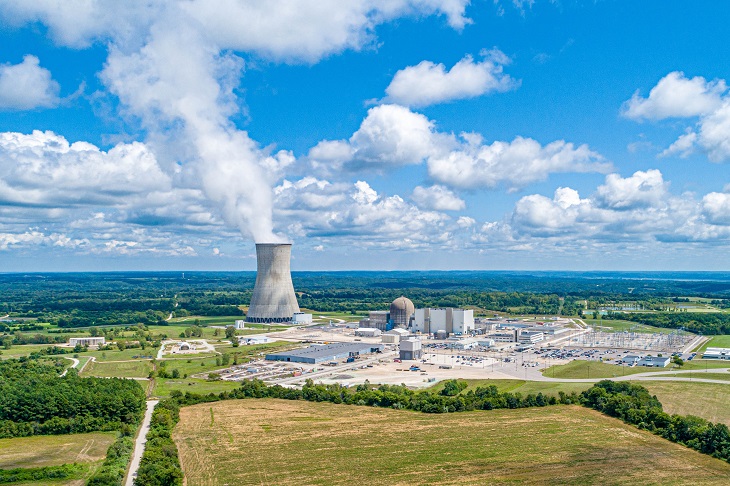
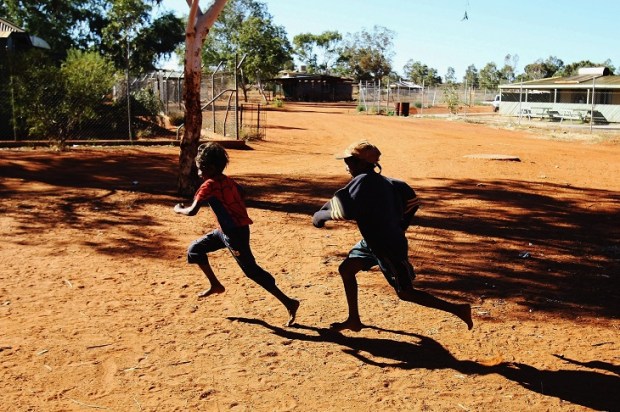
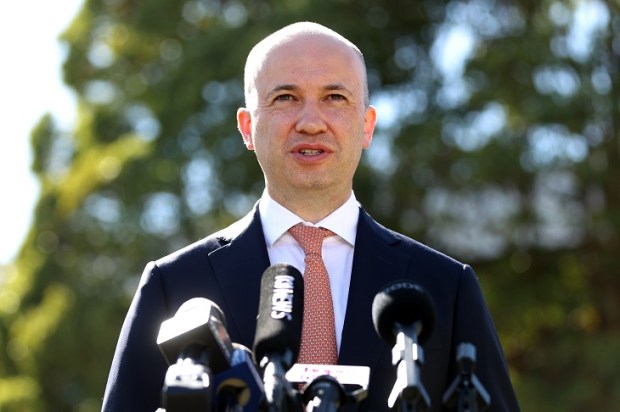
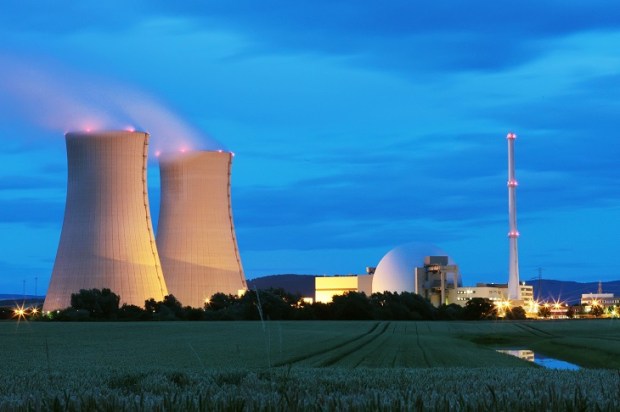

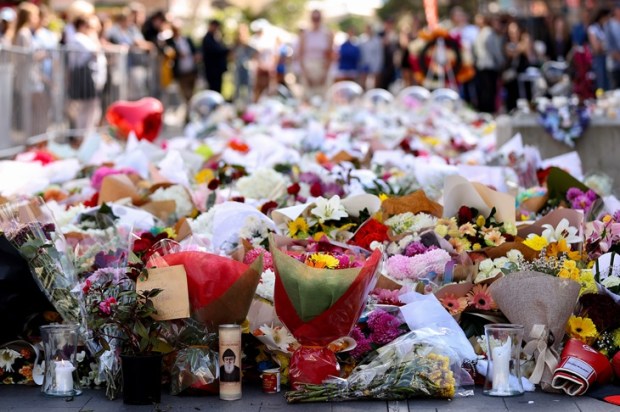
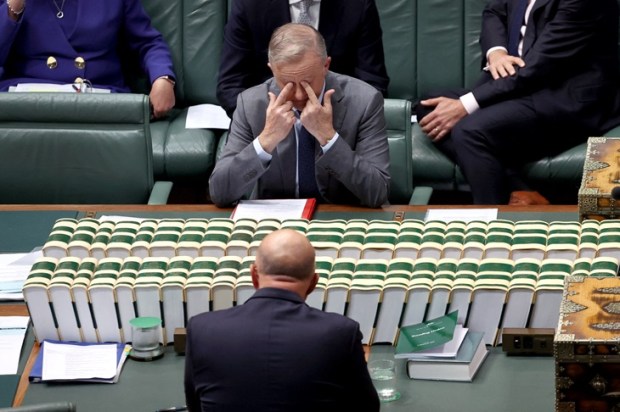


















Comments
Don't miss out
Join the conversation with other Spectator Australia readers. Subscribe to leave a comment.
SUBSCRIBEAlready a subscriber? Log in